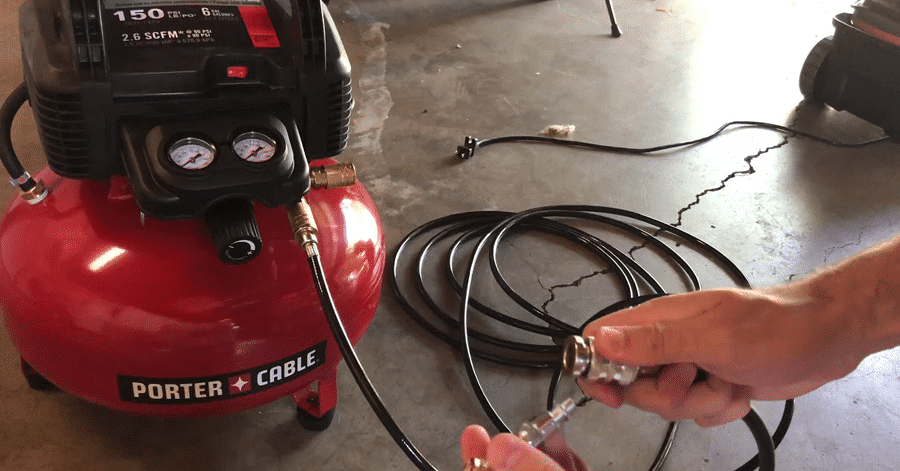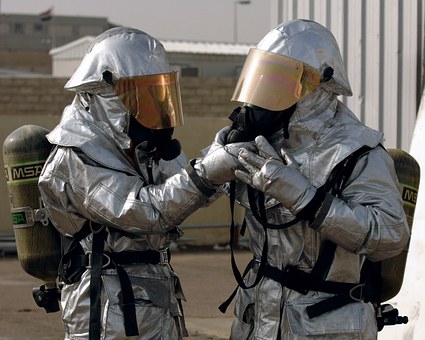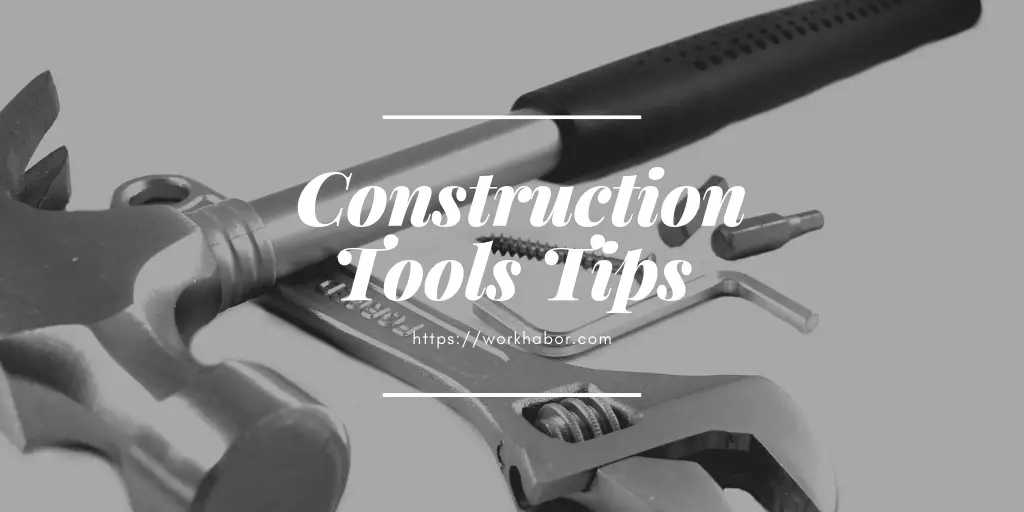How Does Air Compressor Work?
Last Updated on November 7, 2019 by Duncan
The wind on our planet is one of nature’s most powerful forces. This has led to numerous topographical changes. Understanding its strength, humanity has invented a sophisticated tool based on the simple mechanics of physics.
An air compressor is a mechanical device that operates on a purely mechanical engine or diesel or petrol engine or an electric motor to trap air and force it into a container.
According to the geometric specifications, this container is smaller than the actual amount of force that is forced there. Usually, the viscera of vessels are measured by the number of cubic liters of liquid or gaseous substance it can contain.
However, an air compressor will force an enormous amount of air into such a container, typically a chamber. You can visit Homenewtools for more information.
How does it capture such a powerful substance from our atmosphere and preserve it?
An air compressor operates on one of two mechanisms: positive displacement or negative displacement. Positive displacement implies a simple principle of forcing air into a chamber whose volume is reduced to perform compression.
The other mechanism comprises one or more pistons, which pump air into an air chamber through a constant movement of the pistons.
These air compressors use one-way valves (e.g., unidirectional opening) that guide the air in this chamber, where the air is compressed.
Another group of simple motors or rather “rotary screw” compressors are compressed by combining two helical screws, which by rotating, suck air into an air chamber. The volume of air, thus aspirated, decreases when the screws turn.
Think of two screws whose opposite wires align closely with each other. This will cause air suction, just like the propeller of an airplane or the fins of a fan on the ground. The vane compression system is another type of positive displacement air compressor.
The finned compressors have a grooved rotor with a varied positioning of the blades, which guides the air in a chamber and compresses the air volume.
Negative displacement compressors include centrifugal compressors. These devices use centrifugal force, which is generated by a rotating turbine that accelerates and therefore slows down the captured air, causing the difference in air pressure, which causes compression.
A product based on this mechanism, which is a standard tool in the yard, is the leaf blower or even the blower mechanism of your household vacuum cleaner.
Air compressors are the primary “engines” that power many appliances such as refrigerators and industrial equipment like a furnace in a factory.
Popular air compressor applications:
- Blow deflated tires
- Pump clean air at high pressure to fill the gas cylinders
- Provide clean air at moderate pressure to a diver powered by a submerged surface
- Pumping of clean air at modest pressure for the pneumatic control of the HVAC control system of office buildings and schools
- Produces a large amount of air at moderate pressure to feed pneumatic tools – such as nail gun, airbrush, sandblaster, etc.
- Generate large quantities of air at moderate pressure for macroscopic industrial processes (e.g., cement sleeve or oxidation systems for petroleum coke).
How does an air compressor work?

Air compressors are essential mechanical equipment for homeowners (air conditioners and refrigerators), commercial companies, jet engines, refining industries, manufacturing, and automotive industries. Air compressors have been used in the industry for over a century.
It is a multi-talent device used to provide compressed air and/or energy in a specific space. It is used for purposes requiring low air volume or increased strength.
They are available in different types, which are produced to meet different requirements. Each model may vary in the refrigeration method, in the compression stages, in the power source, and the lubrication. The three main types of air compressors are:
Reciprocating Air Compressor (Piston): Uses the piston to compress the air and keep it in the storage tank.
Depending on the number of stages of compression, this type can be a single or double stage. In one stage, a piston is used for air compression, while in the double-stage, two pistons are used for air compression.
Rotary Air Compressor: This is the same configuration as the positive displacement configuration of the reciprocating compressor.
In this type, two coupled rotational helical bolts are used in place of the pistons. When the screws turn towards each other, the air is compacted and pushed into the tank.
Centrifugal Air Compressor (Dynamic Compressor): This is suitable when the needed compact air is high. In this, a high-speed wheel increases the speed of the air, intended for a diffuser that converts the speed of air into force. This compressor requires more energy to be handled than the two compressors.
The device consists of two main components: The compression mechanism and the power source. The compression device may be a piston, a blade or a rotating wheel, while the energy comes from the electric motor or other sources of energy.
The compression mechanism helps to compress atmospheric air using energy from the power source.
The fundamental operating principle of the air compressor is the compaction of atmospheric air, which is used as needed.
Along the way, the atmospheric air is sucked in by the intake valve; more air is automatically drawn into a narrow space by a piston, shovel, or wheel. As the amount of extracted atmospheric air is added to the storage tank, the pressure increases automatically.
In a more straightforward language, evocative or free air is collected together after reducing its volume and increasing its power during the same period. There is a force adjustment handle that can be manipulated for all the needs of the operator.
When the force increases to the maximum force setting in the tank or receiver, the pressure button stops the air vents of the compressor. When compact air is used, the pressure level decreases.
When the force drops to a low-pressure setting, the force button is activated, allowing the intake air to enter the atmosphere. Therefore, the sequence continues in the air compressor.
As with all power tools, read the manual (yes, read it) for the proper maintenance procedures to keep your instruments running at peak performance!


